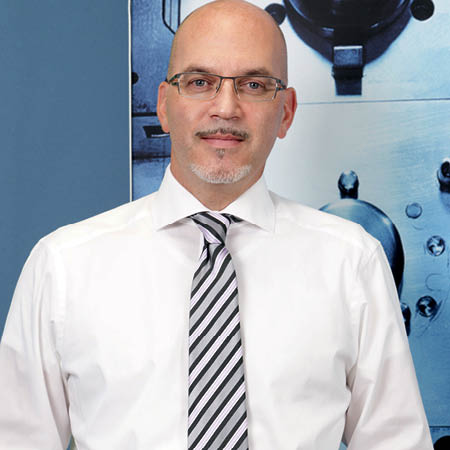Voit Automotive loves cars. The German car-parts manufacturer supplies car parts, components, and tools to more than 60 per cent of the leading car brands, including VW, Audi, BMW, Ford, Jaguar, Mercedes-Benz, and Land Rover. More than 140 million Voit parts are installed into cars annually a huge accomplishment for Voit, which was founded by Willy Voit as a family-owned company in 1947. Willy was a true entrepreneur, who started Voit with a self-made spindle press and set the base to grow it into the giant it is today. Now, 68 years later, the company, most of which is held by a strategic investor group, is continuing to grow despite the setback the Global Financial Crisis had on the entire car industry.
Carsten Schubert, CEO of Voit Automotive, started at the company just before the GFC began. After 17 years with Ford Motor Company, Carsten moved to lead Voit as the first chief executive in the company’s history who was not part of the Voit family. Carsten was excited by the challenge the role posed, and says he started planning a revamp and new strategy for the company as soon as he found out he had the job. ”What was very important for the success story of Voit was that I started to develop a strategy before I started here,” Carsten explains.
“When I was still was with my former employer I used a lot of time together with the former CEO and a member of the Voit family to develop a strategy. The most difficult thing was, for around about a 60-year-old company, the cultural change. At that point in time, there was only family management as leadership in the business and this was the first time that they decided to go to an experienced international management team. That was a crucial change.”
Carsten’s first focus, before the GFC hit the industry in full force, was this cultural change. The company needed restructuring, and he revamped the management team to allow this happen. Carsten wanted a fresh start for the company to allow new levels of growth and innovation. “What does it mean to pursue a cultural change? Well, there was a clear differentiation between the former management and us.”
”We now have a cooperative leadership attitude. We take very fast decisions on an 80:20 point of view. We are modern, and what I would say we have aligned the responsibilities into the organisation. Definitely what we did, we started to measure each and every personality in the management team. We set targets and that was completely different from the way of management before and we pushed them to fulfil the targets. That was the one cultural change. On one hand, we had to be very respectful and open minded, but also be rigid and tough in terms of the set targets.”



